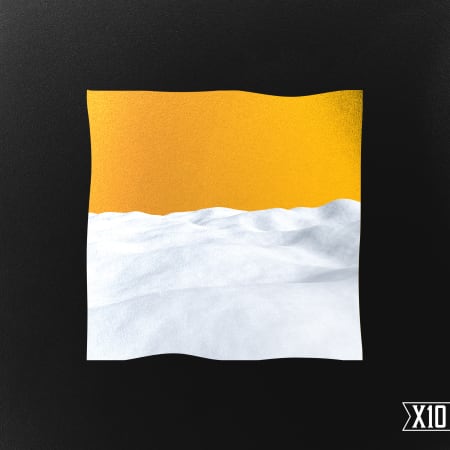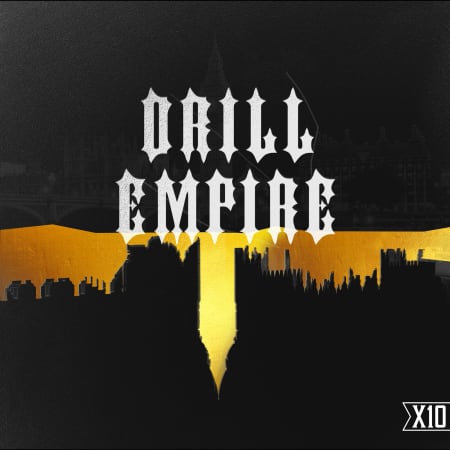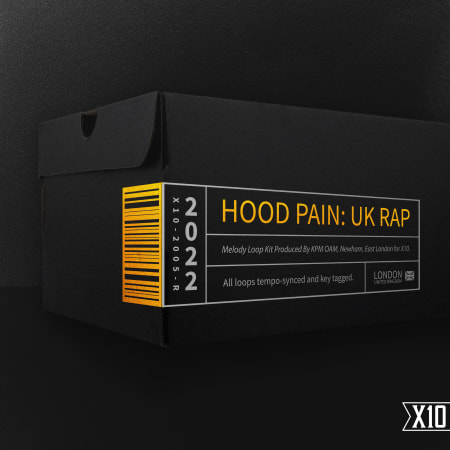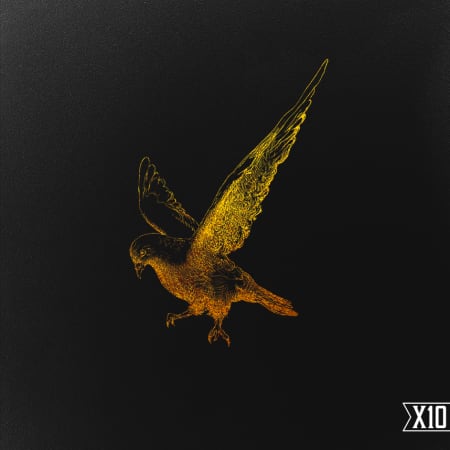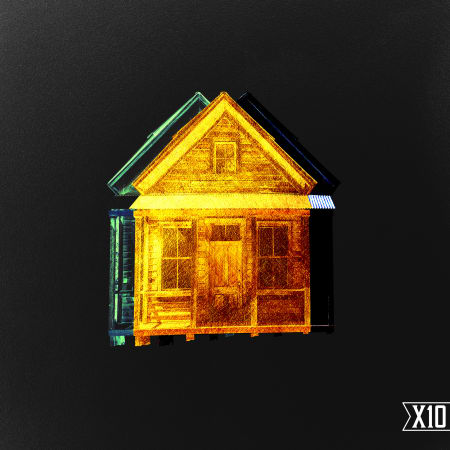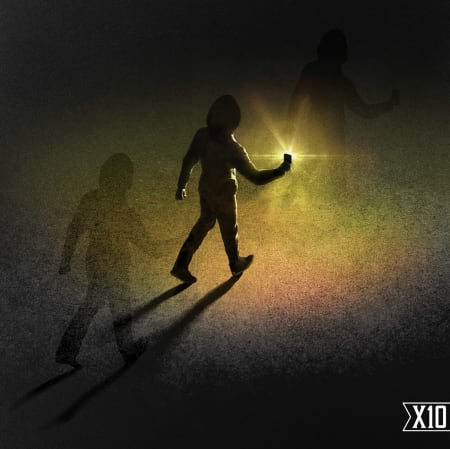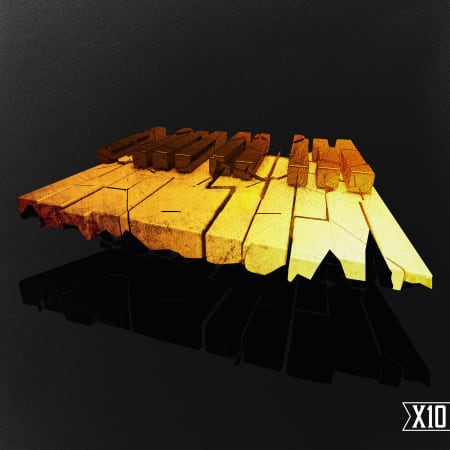Like most contemporary genres, it's difficult to pinpoint the origins of drill music. Many artists credit Pac Man, a rapper from Chicago's South Side, as the first to use the term in a musical context. In 2010, he released his mixtape titled I'm Still Here, featuring a song called "It's a Drill" - a play on the word's many possible meanings. Drill as a genre is named after the slang term used to describe attacks between gangs. Naturally, there is some contention around the genre.
Rooted deep in storytelling, lyrics about life on the street—drugs, crime, violence, are a foundational element of drill, which has drawn criticism in its potential to glamorize that lifestyle. Yet, in a 2019 Pitchfork feature writer Alphonso Pierre said, "The stories were often sad, teenage rappers forced to grow up early thrust into the spotlight. Some were against the genre's candid depiction of violence, but this was the real world these rappers lived, and thus rapped about, a world borne of conditions that racism helped to create." To his point, drill has influenced some of today’s most iconic artists including Cardi B, Travis Scott, and Drake.
Stylistically, drill music is distinguished from other forms of rap and hip hop in its combative energy. Drill moves to skippy, syncopated hi-hat patterns echoing the rapid fire of a machine gun, whereas trap is often rhythmically rigid with a snare falling on the third beat of each bar.
While drill music was born in Chicago's deeply disenfranchised black communities, the rap subgenre has since spread to London, New York, Paris, Amsterdam, Lisbon, Stockholm, Sydney, Dublin, Seoul, Kumasi, and beyond.
Download this pack


